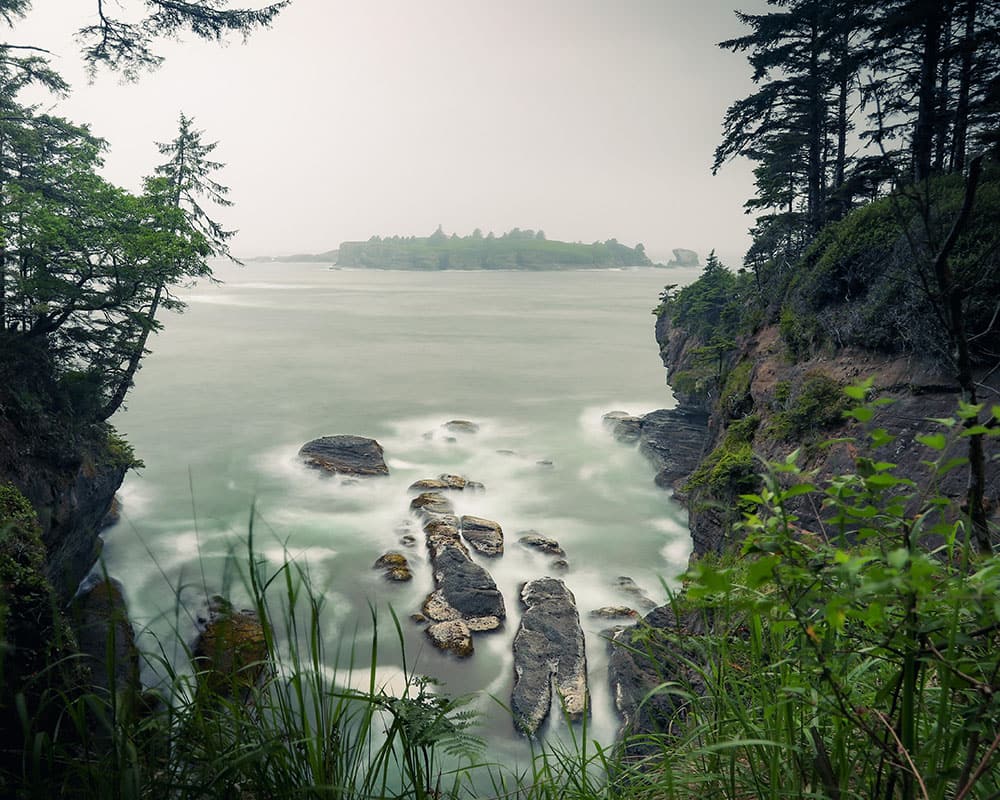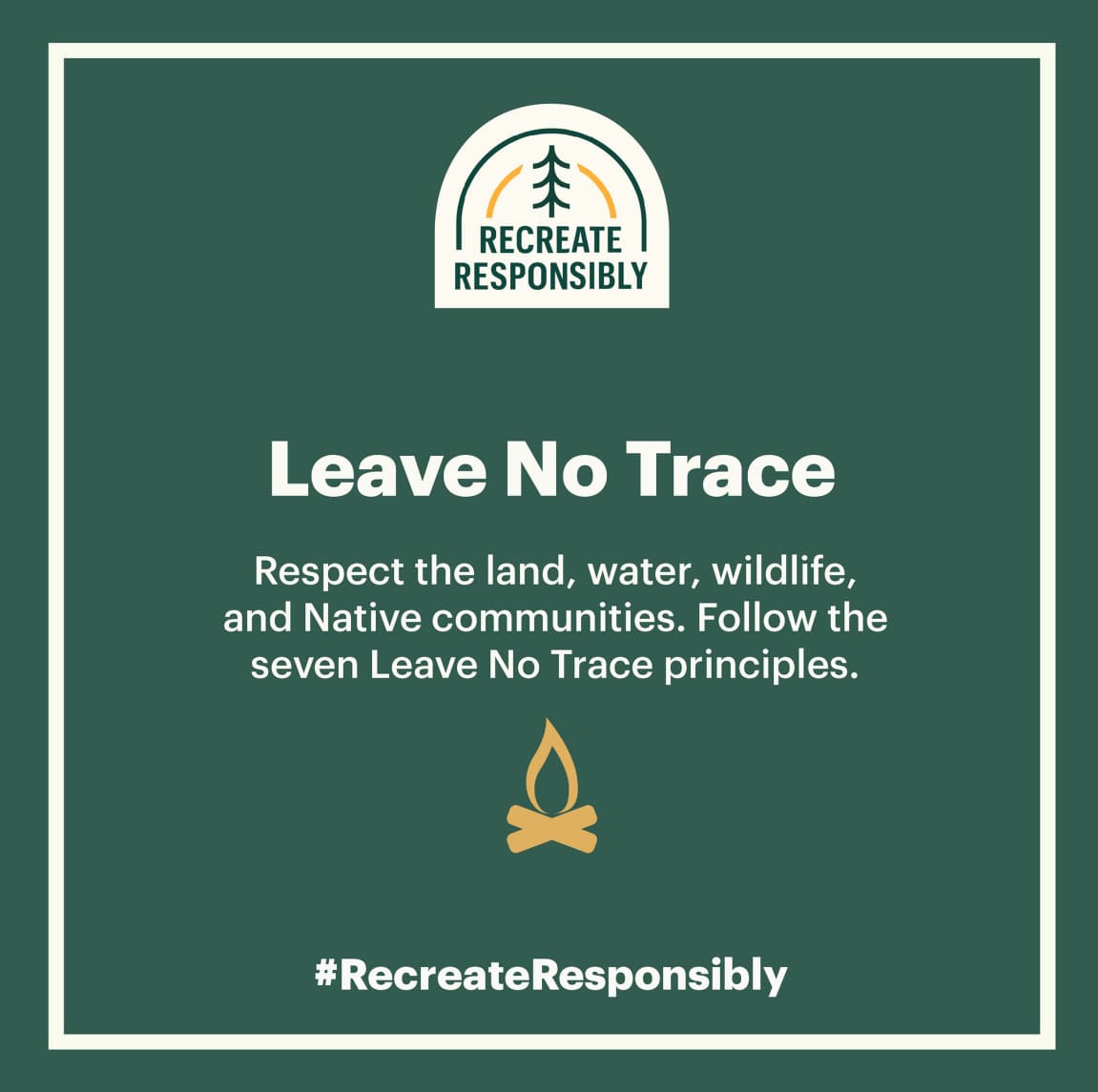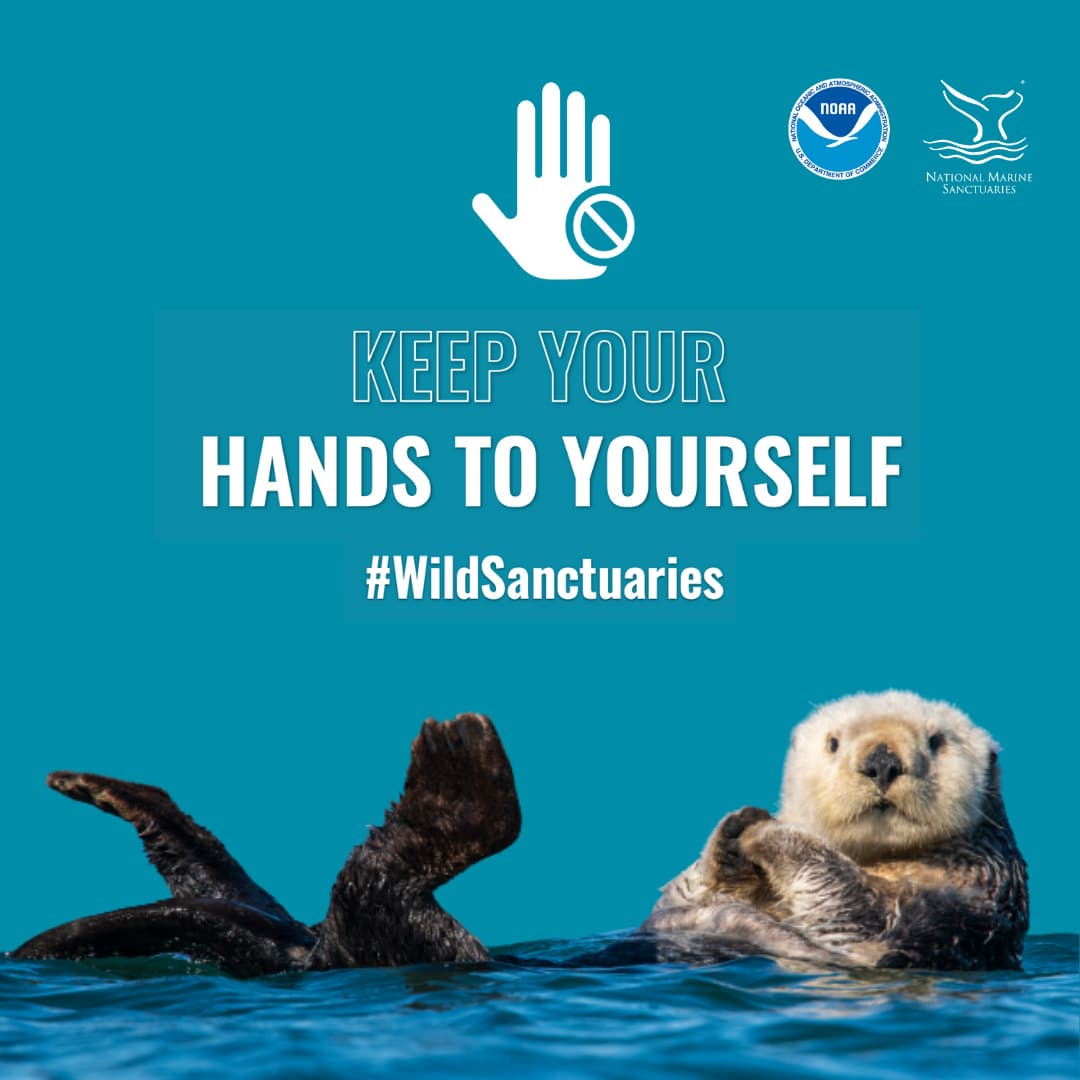Camping Itinerary:
Olympic Coast Rustic Escape
By Rachel Plunkett
August 2022
Olympic Coast National Marine Sanctuary and Olympic National Park
Encompassing nearly 1 million acres, Olympic National Park protects a vast wilderness of glacier-capped mountains, temperate rainforest, wildflower valleys, and dramatic coastlines that overlook Olympic Coast National Marine Sanctuary. A variety of marine life live within or visit the waters of the sanctuary, including more than 300 species of fish, more than 100 species of seabirds and shorebirds, 29 species of marine mammals, and a growing list of invertebrates and marine algae. These areas offer a taste of adventure for everyone, ranging from tidepooling to snorkeling in kelp forests, or hiking through towering evergreen forests and camping out on nearly pristine beaches. While visiting, remember that the Olympic Coast is fragile. If we all care for it, we can preserve its wildness and magnificence for future generations.
Getting There
To visit both Olympic National Park and Olympic Coast National Marine Sanctuary, most visitors choose to fly into Seattle and either rent a car and drive through Tacoma or take the Seattle-Bainbridge ferry. If traveling from Canada, there is a ferry from Vancouver Island to Port Angeles, Washington.
Where to Camp
There are fourteen campgrounds at Olympic National Park with over 800 campsites for tents and RV campers.
Just steps away from the sandy shores of Olympic Coast National Marine Sanctuary, Kalaloch Campground in Olympic National Park offers hiking trails, tidepooling, bird watching opportunities, beachcombing, plus the amazing Kalaloch Tree of Life. Bring your binoculars to catch glimpses of gray whales migrating and feeding close to shore. Reservations can be made for camping during summer months at Recreation.gov.
There are also other camping options within Olympic National Park if reservations at Kalaloch are not available. Another nearby beachfront option is South Beach Campground, where campsites are offered on a first-come first-served basis. Tribal reservations are also excellent places to camp adjacent to the sanctuary and national park. Some options include Hobuck Beach on the Makah Reservation in Neah Bay, and First Beach on the Quileute Reservation in La Push. A wilderness camping permit from Olympic National Park is required for camping in backcountry areas. Tribally-issued recreation permits are needed for camping or parking on tribal lands.

Three Day Itinerary: What to Explore
Day 1
Travel to Kalaloch
- From Seattle, the drive to Kalaloch via Tacoma is about 3.5 hours. From Port Angeles, the drive is about 2 hours.
Explore Kalaloch
- After checking into your campsite, head north and begin at Kalaloch Beach 4 to explore the tidepools there. Keep in mind that the tidepools should be visited during low tide, so you may need to adjust this agenda based on the tide charts. While exploring, see if you can find colorful anemones, sea stars, sea urchins, and other marine invertebrates. Don't forget to wear non-slip, closed toed shoes that can get wet. Check out these resources on how to visit and explore tidepools before heading out. National Park Service rangers offer educational programs throughout the year, including tidepool walks at locations such as Beach 4, Rialto Beach, and Mora's Hole in the Wall. Check the schedule of ranger-led program offerings before visiting.
- Head back to the campground and walk the Kalaloch Creek Nature Trail (1 mile loop; easy). Look for bald eagles, kingfishers, and river otters near the creek.
- Visit the Tree of Life, located within the campground.
Enjoy Seclusion
- After enjoying a nice meal at your campsite, safely build a beach fire with local driftwood and make s'mores while taking in the star-filled sky. Check with park rangers or the Olympic National Park website to make sure there isn't a fire ban in place during your visit.


Day 2
Backcountry Surfing
- Journey two hours to Shi Shi Beach. The trailhead to Shi Shi Beach begins on the Makah Reservation. A Makah Tribe Recreation Permit is required to park here. The hike from the trailhead to Shi Shi Beach is a few miles through a lush temperate rainforest. Dip into the sanctuary for some backcountry surfing or watch other surfers catch some waves while relaxing on this secluded national park beach. Be sure to check the surf report and weather conditions before heading out.
Flattery Rocks
- It's also a great idea to bring binoculars to Shi Shi Beach. From here, you may be able to spot wildlife in the remote, offshore Flattery Rocks National Wildlife Refuge.
Explore Native American Culture
- Stop at the Makah Museum in Neah Bay to observe historical artifacts and learn about culture, traditions, and how the Makah Tribe manages their treaty-protected natural resources first hand.
- Head over to nearby Cape Flattery and hike the Cape Flattery Trail (0.75 miles) with overlooks that provide breathtaking views of rugged rocks, birds, and jade waters. From the tip of this trail, you can see Tatoosh Island while standing on the most northwestern tip of the contiguous lower 48 states. Keep an eye out for gray whales off the cape and sea lions on Sea Lion Rock just east of Tatoosh Island. A Makah Recreation Permit is required while enjoying the trails, beaches, and other attractions.


Day 3
Coastal Wildlife Watching
- After firing up your camp stove, take your coffee to go for a relaxing morning walk along the remote beaches to look for marine life in the wild Pacific Ocean, such as gray whales. The Second Beach Trail, located about a hour from the campground, is a great place to spot bald eagles and seals and see whales during migration. Before you move on, be sure to leave your camping spot better than how you found it.
Hike in Temperate Rainforests
- Drive to some rainforest trails that journey deeper into Olympic National Park, closer to Mount Olympus, and hike in wilderness surrounded by beautiful moss-covered trees. Some trail options within about an hour drive from Kalaloch Campground include the Hall of Mosses Trail (1.1 miles; easy), 5 Mile Island via Hoh River Trail (10.1 miles; moderate), Fletcher Canyon Trail (4.1 miles; moderate), and Graves Creek Nature Trail in the Quinault Rain Forest (17.5 miles; challenging).


Extend Your Trip
With more than three days on the Olympic Peninsula, there's so much more to see! You can move to a new campsite within Olympic National Park to explore more of the inner areas of the park, or spend more time in Neah Bay and La Push by camping near those areas or staying at area lodging. Boat trips are offered for fishing and wildlife viewing. With additional time, you can also learn more about the Native American history and culture in this region. Head towards Port Angeles, where the main offices and visitor centers of Olympic Coast National Marine Sanctuary and Olympic National Park are located. Check out Olympic National Park's Getting Around page for a table of the mileages between various park destinations.
Other Things To Do With More Than Three Days:
- Visit some of the tribal museums in Washington to learn about the rich history of Indigenous peoples on the Olympic Peninsula. The distribution of historically known Native American tribes along the coastal Olympic Peninsula includes the Makah Tribe to the northwest and the Quileute Tribe, Hoh Tribe, and the Quinault Indian Nation in succession to the south. All of the Northwest tribes are renowned for their expert utilization of locally abundant wood for tools, shelter, and watercraft.
- Whitewater raft down the Hoh river.
- Charter a fishing boat to fish for salmon, halibut, and ling cod. Boats are available from Neah Bay, Sekiu, La Push, and Westport.
- Visit the Olympic Coast Discovery Center, located on the Port Angeles waterfront. Dive into the exhibits and information about the marine life, conservation, science, exploration, and maritime heritage of Olympic Coast National Marine Sanctuary.
- Check out the Olympic National Park Visitor Center in Port Angeles, which has exhibits, a hands-on “discovery room” for kids, and a bookstore.
- Explore waterfalls! On the way to Port Angeles, hike the Marymere Falls Trail (1.7 miles; easy) near Lake Crescent, or stop by Madison Falls, a very easy to visit, hidden waterfall. Both of these trails and waterfalls are in Olympic National Park and within 20 miles of Port Angeles.
- Stop by the Dungeness National Wildlife Refuge and count the different species of birds and mammals around you. Dungeness has excellent opportunities for hiking, crabbing, fishing, and wildlife observation and photography.


Note: Coastal visitors should monitor conditions before departing for any activities. Check weather, tides, currents, and above all, exercise caution in this extreme and remote environment. It is very important for your safety to be aware of the tides, so you do not get trapped in the wrong place by a rising tide. When visiting tidepools, plan to arrive at the beach trailhead at least 30 minutes before the lowest tide. Always carry with you and know how to use a tide table, topographic map, and a watch whenever hiking along the Olympic Coast.The Kalaloch Campground reservation system is available during summer months (May - September). Reservations can be made online six months in advance. During the rest of the year, it is on a first-come, first-served basis. During winter (November - April), some campground loops are closed, but camping is still available.
Rachel Plunkett is the writer/editor for NOAA's Office of National Marine Sanctuaries



